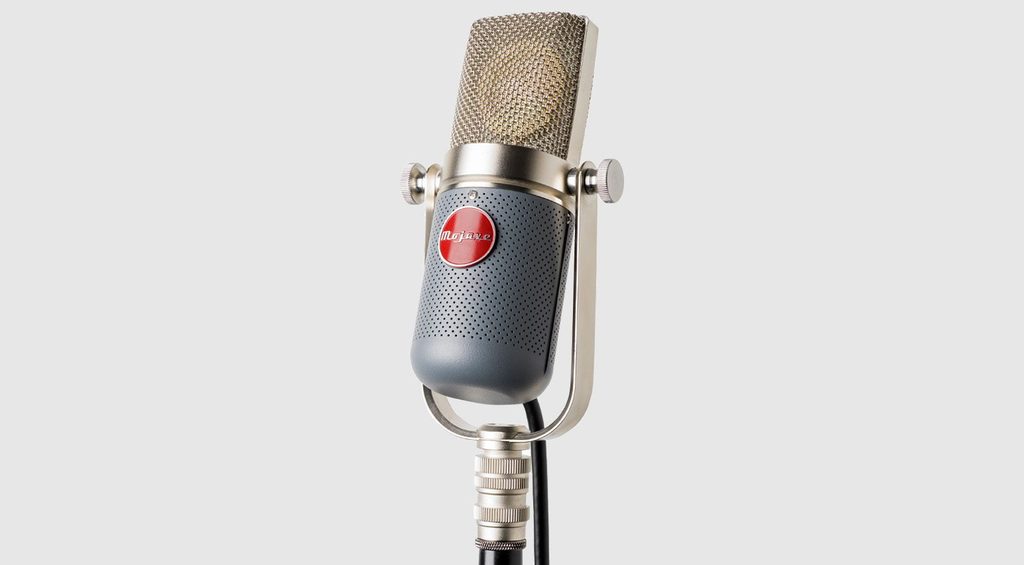New Music Gear Monday: Mojave Audio MA-37 Condenser Microphone

While clones of just about every old Neumann, Telefunken and AKG vintage microphone are now available, there is one vintage mic from that era that you rarely see – the Sony C-37a. That’s because it’s quirky design has been difficult enough that most manufacturers don’t want to attempt it (more on that in a minute). Famed microphone designer David Royer and Mojave Audio have taken on the challenge and developed a similar mic however, and they’re calling it the MA-37.
Some Background
The C-37 was developed by Sony in the early 1950s when they realized that they didn’t have a product that could compete with Neumann at the time. The problem in post-war Japan was that they were limited in available parts so the design of a new condenser mic had to take a different approach.
The biggest roadblock was that they would have to import the tubes like the VF 14 that Neumann built their mics around, which was too costly to consider. Luckily there were a lot of surplus tubes left behind by the Allies after the war, so the design centered around a rather standard 6AU6. The simple design of the circuitry also led to extremely high headroom that was beyond what most condenser microphones of the day could handle.
The next problem was how to change the directionality. While Neumann and others used 2 capsules to change from omni to cardioid, Sony used a unique adjustable tuned acoustic chamber that lets you choose from cardioid and omnidirectional polar patterns using a mechanical shutter from a screw on the back of the microphone. This was actually copied from RCA ribbon mics developed in the 1930s.
The original C-37 was released in 1955 but didn’t make it to the U.S. until 1958 at a trade show held in Los Angeles. It was immediately adopted by Hollywood studios such as Capitol Records and Sunset Sound as well as most of the film studios thanks to its high headroom. Since then artists from Frank Sinatra and Barbra Streisand, to voice over artists like Mel Blanc, to current producers like Daniel Lanois have loved the sound. They rarely come on the used market these days, and if they do, you can’t be sure they’re working correctly (just like most vintage mics).
The MA-37
The Mojave MA-37 isn’t an exactly clone of the original C-37a mostly because there are some improvements over the original model, but it copies the thing that’s most important – the sound.
The circuit is based on the same single-stage tube amplifier as the original but uses a more available EF806 tube and a Lundahl transformer. The hi-pass filter controls are located on the outboard power supply, offering three options at flat (M), 100Hz (V1) and 200Hz (V2), which are slightly different than the original.
If you’re looking for the same unique C-37 sound, the MA-37 is worth checking out. It’s not inexpensive at $3,499 MAP, but it’s way cheaper than buying a vintage model that might not work well (if you can find one).

